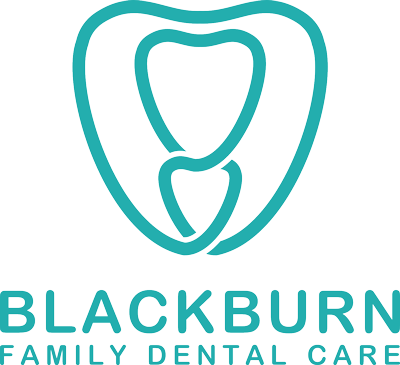When it comes to looking after our dental health, we often focus on achieving straight, white teeth with minty fresh breath, but maintaining healthy gums is just as important. Affecting 3 in every 10 adults in Australia, gum disease is very common and occurs when the tissue that surrounds and supports the teeth becomes infected. Without proper periodontal treatment, gum problems can lead to tooth loss and an array of health concerns like chronic cardiovascular disease, strokes, heart attacks, preterm low weight babies for pregnant ladies, misaligned teeth, or mobile teeth. This may result in work, school, or personal life challenges.
In this article, we share some effective habits to implement in your oral hygiene routine for healthier gums.
What are signs of gum disease?
Gum disease is the destruction of the attachments and bone around teeth, caused as a result of your body’s immune response (and/or the bacteria itself) to certain virulent pathogenic bacteria harboured in poorly cleaned areas in the gum. These groups of bacteria in plaque buildup release toxins and initiate a chronic inflammatory response. The following are some tell-tale signs of gum disease:
- Bad breath
- Bright, purplish or dusky red gums
- Pus between the teeth and gums
- Pain in some cases
- Ulcerations in some cases
- Swollen or puffy gums
- Gums that bleed easily when brushing, flossing, or even when left idle.
These signs may show that you require periodontal care at your local dentist in Blackburn.
1. Brush your teeth properly
Employing the correct brushing techniques are key to maintaining a high level of oral hygiene. The following are proper brushing guidelines as recommended by the Australian Dental Association (ADA):
- Place the toothbrush bristles where the teeth meet the gums and begin brushing from the back of your mouth.
- Brush gently in a back-forth motion at a 45° angle towards the junction where your teeth meet your gums.
- Cover both the outer and inner chewing surfaces of your teeth.
- After brushing for two minutes, spit out the excess toothpaste without rinsing out your mouth, as this will leave a thin protective layer of toothpaste behind.
Brush your teeth at least twice a day, especially in the morning and again before turning in for the night. Replace the toothbrush every 3 to 4 months, or sooner if the bristles begin to fray.
2. Floss daily to clean between teeth
Flossing at least once a day would disrupt the biofilm or surface bacteria that is located beyond your toothbrush’s reach. It can also help prevent bad breath by removing food debris and plaque accumulated between adjoining teeth in the interproximal spaces. It is extremely important to floss correctly and regularly even if you have braces, a bridge, or implants! In some cases, your dentist may recommend other methods such as interdental brushes especially if you have larger gaps between your teeth.
3. Get regular professional dental cleaning
Detecting gum disease early is paramount, because it’s still possible to prevent the condition from worsening. Fortunately, the majority of gum diseases are relatively slow acting, although there may be more aggressive varieties. The sooner it is treated, the better chance that you will be able to prevent tooth loss during the later years.
As such, a bi-annual check-up with a dentist plays an essential role in assessing your gum health. Regular checks can help your dentist identify areas where cleaning needs to be improved or where the disease has responded or not responded to treatment. The treatment is then tailored accordingly. Professional dental cleaning helps control the bacteria in your mouth that is responsible for causing bad breath and gum disease. Your dentist is also the right person to spot any early signs of gum disease and recommend the right treatment or preventative measures.
4. Quit smoking
Smoking harms the body’s immune system – making it difficult for the body to heal tissues and weakening its ability to combat the infection caused by plaque build-up. People who smoke heavily are also found to be 4 to 5 times more likely to develop gum disease. If you are a smoker, quit immediately to help reduce the risk of developing gum disease, which includes the use of other tobacco products. Cessation of smoking also allows the gums to heal better after treatment for those who already have pre-existing gum disease.
5. Focus on the bleeding areas
Notice that an area in your mouth bleeds more than normal? This is an area where you may need to work on the dental cleaning a bit more. Bleeding does not necessarily indicate gum disease, however it does indicate an area where plaque may be irritating an area. Remember that gum disease can arise from plaque and calculus areas, so thoroughly cleaning an area which shows signs of inflammation (bleeding) is recommended to help prevent gum disease.
Seek professional advice
Near to Blackburn North, Blackburn Family Dental Care is here to help you achieve a healthy smile and overall oral health. Dental services offered by accredited professionals with a wide range of experiences are the recommended choice to handle any concerns you may have about periodontal disease treatment.
For more than 60 years, our reputable credentials and wide range of dental services have established us as one of the preferred family dental care practices in Melbourne’s Eastern suburbs. Get in touch with our friendly team today!

